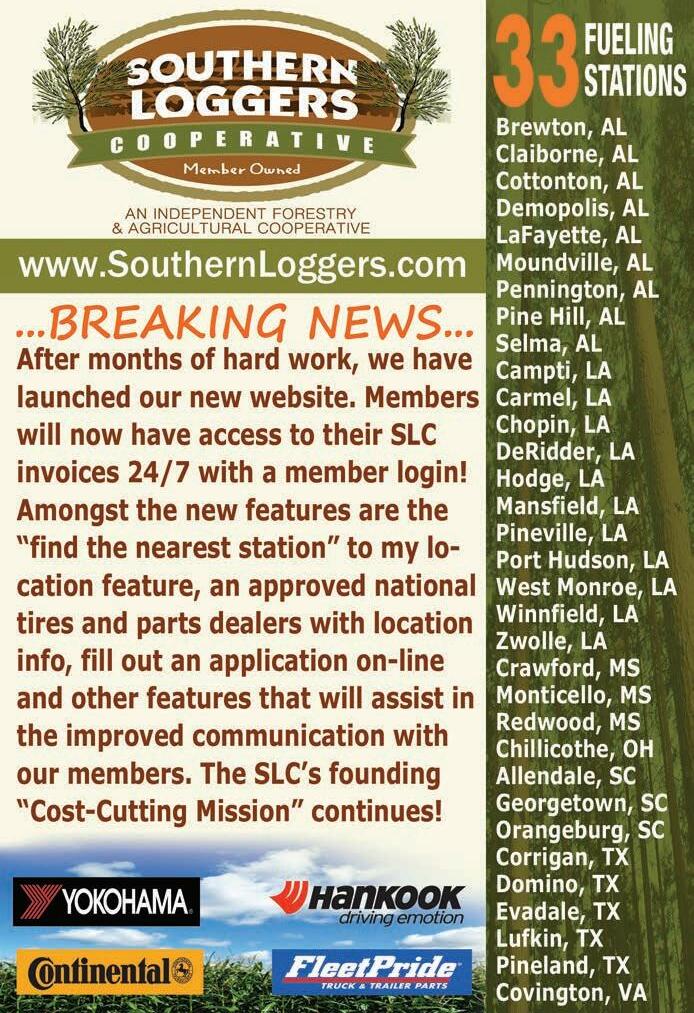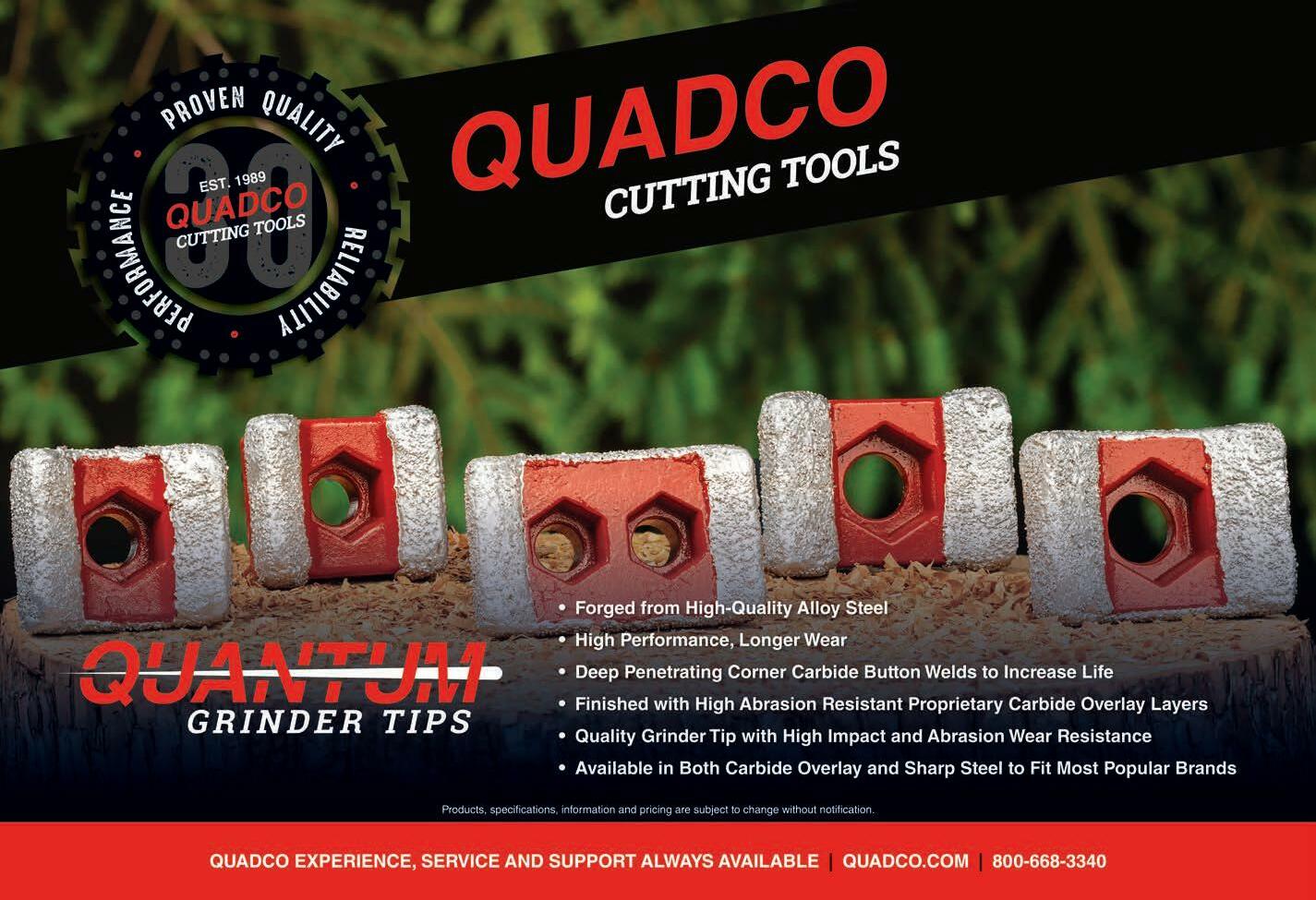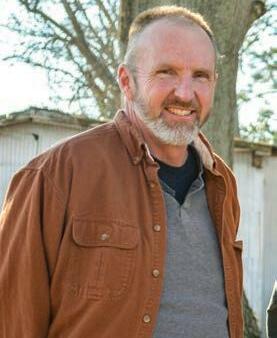
5 minute read
From The Backwoods Pew
Fire Lines
Since spring and summer bring on fire season across the Southeast, perhaps some reminders for the sake of The Bear would be in order. Winterburns often take place even as spring is budding, and as is often the case, a good day to burn is often the wrong day to burn. Early summer makes the forester itch to burn off a clearcut before it greens up, but like the spring unstable weather is common. Red-flag days are popping up all over the calendar, and a once calm day suddenly has turned into chaos. Maybe that is a picture of our lives at times, so here are some burning tips that might help in life.
Before you strike the match, before you begin the fire, it is important to know where and when the fire is going to end. Foresters and fire have a long history, one of love and hate. As long as the fire begins and ends where we want it to, we love it. If it ends or begins where we don’t want it to, we hate it. Thus, with every lighting of the match, with every flick of the Bic, a small knot is present in the stomach of the forester—a knot that says, “I hope this fire ends where it is supposed to.” The main tool to accomplish this is a mythical mainstay of the industry, known as the fire line. The fire line in theory is a clear line of dirt which surrounds the fire; and since most dirt does not burn, the fire will stop when it hits this barrier of dirt. Surround the area you want to burn with a line of cleared dirt and your fire will stop where it is supposed to stop…Unless! The wind blows it across the fire line…or a burning piece of brush or small tree falls across the line…or in the process of making the fire line a small patch of intense fuel is created alongside the fire line, and it causes embers to cross to the other side…or the soil itself is organic and it burns by itself…or if the line was put in ahead of the day the actual fire is lit, giving the line time to get “dirty.”
Since the line is often constructed in advance, it only takes a little breeze, or maybe a storm to begin to clutter the line. Leaves will fall and form a patchwork of burnable material, maybe a branch or two, often creating a bridge across the fire line, thus connecting the area we want to burn and the area we do not want to burn. When this happens, rest assured, the fire will find it if you do not find it first.
The one aspect of the burning
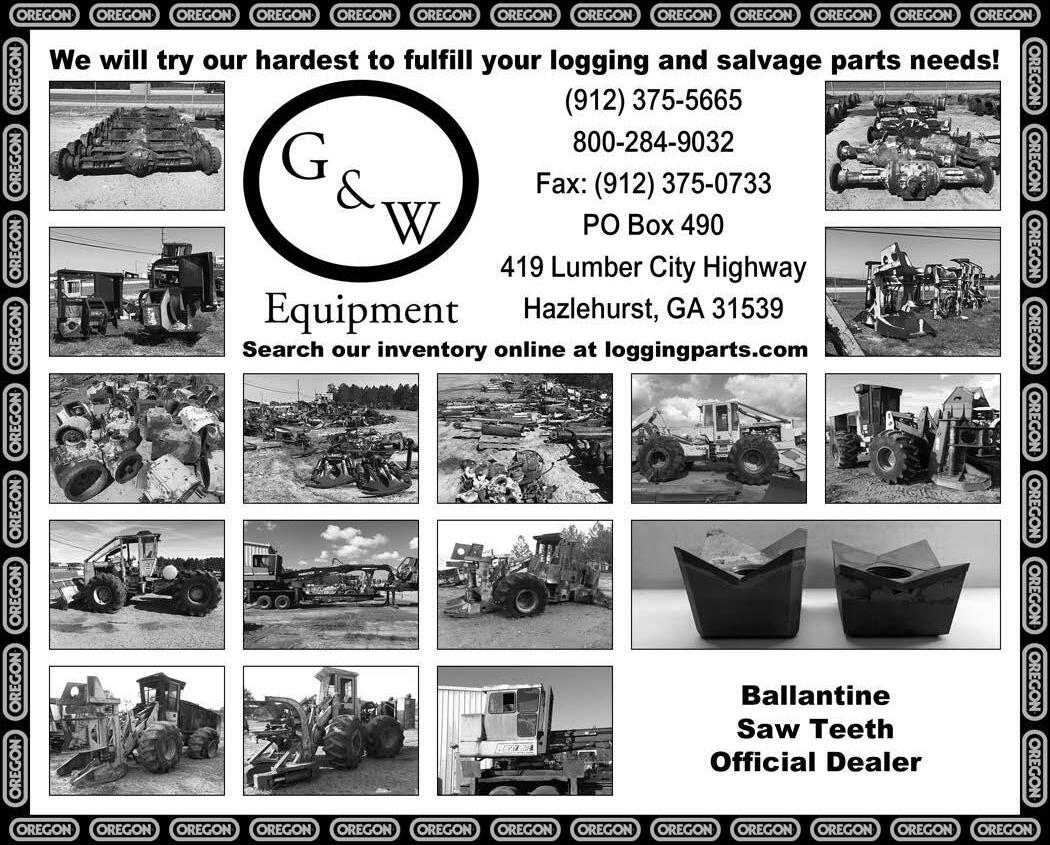
Antill
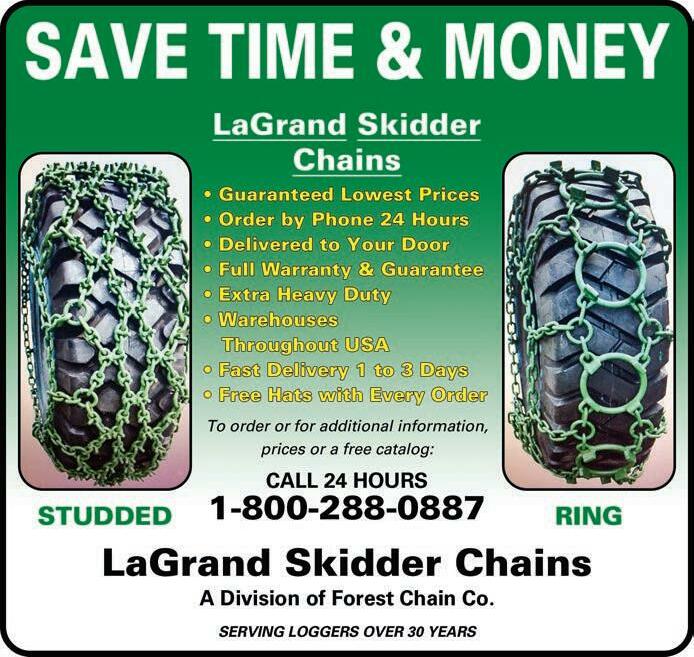

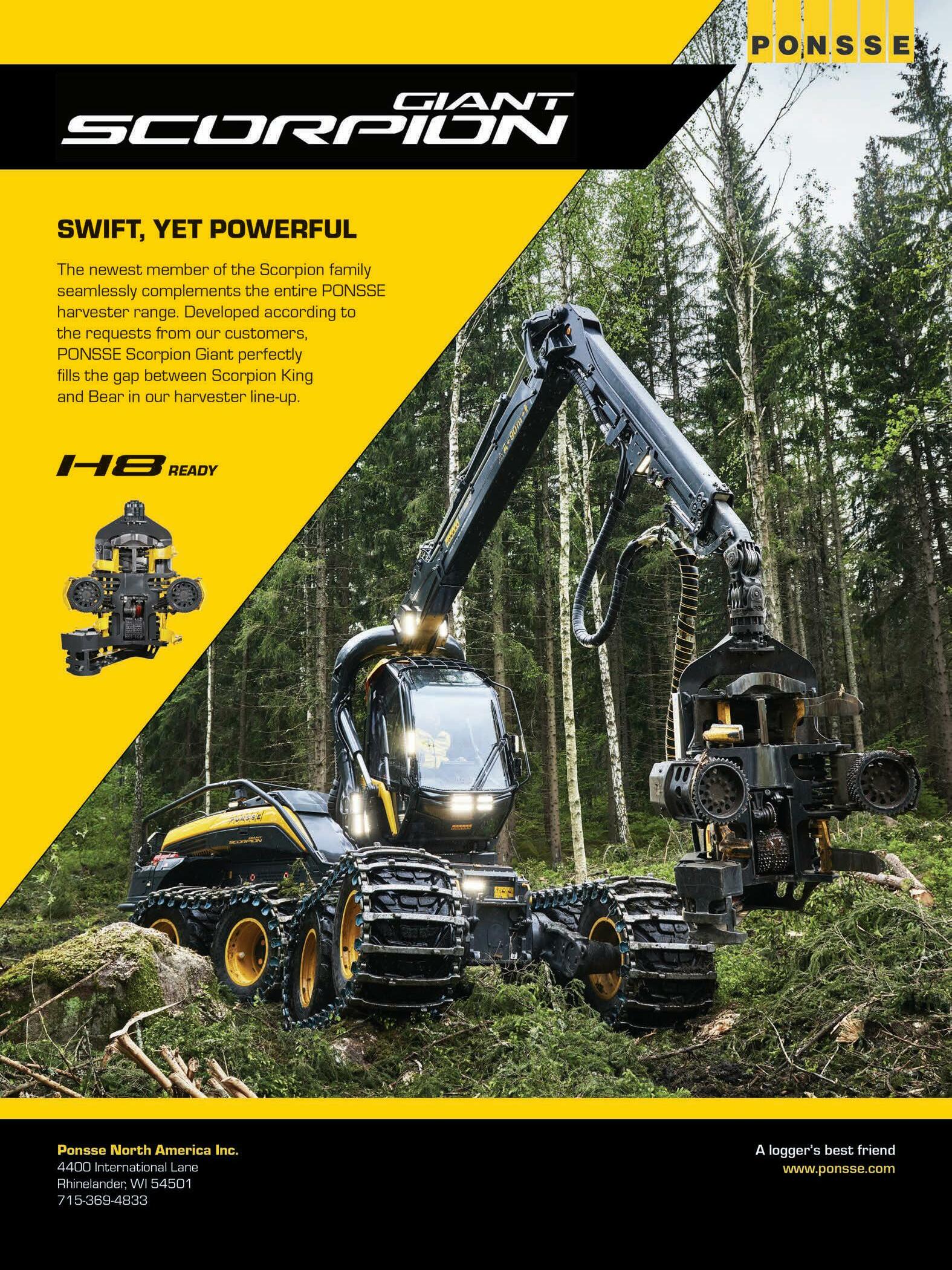
process that can be controlled by the forester is the fire line; and with diligence he can keep it clear. Experience will tell him where the debris within the line will seek to create a crossing, and with a rake or his foot he can once again clear the area. While the forester cannot control the wind or the embers that shoot out like so many fireworks to drift down on the adjoining land, he can at least take comfort in knowing that he had fire lines in place and that they were clear.
The question comes from the insurance adjuster, “Why burn in the first place?” And the obvious reason is, we get to set a fire. (I mean seriously, sometimes those adjusters…) Of course, the scientific reason is to reduce fuel in the forest, so as to reduce the chance for a catastrophic fire that would burn many trees. This is called a hazardreduction burn, in case it comes up on Jeopardy. Or if we need to effectively and economically clear an area that has been clear-cut while preparing it for planting and adding nutrients to the soil at the same time—then Alex, “What is a prescribed burn!”
If you have ever had the experience of having a disagreement with someone, then you know all about fires.
Even so the tongue is a little member and boasteth great things. Behold, how great a matter a little fire kindleth! And the tongue is a fire, a world of iniquity; so is the tongue among our members that it defileth the whole body, and setteth on fire the course of nature, and it is set on fire of hell. James 3:5-6
How easy it is to lose our temper, to unload on someone! We try to hold back, but finally, just like having a poor fire line, we can no longer contain it. The fire is out and the damage is done. Maybe we try to justify it by saying, “They had it coming,” or, “That’s just the way we are,” but both are wrong. Like a poor fire line, we allowed the fire to get out and the one that has suffered is God. You see, if you are a Christian, then you are a representative of God’s Kingdom—like it or not. In the greatest display of trust, God has chosen to let us represent him. People will get their impression of God’s love, his mercy, his forgiveness from what you and I do with the liberty he has given us. What do your neighbors think of your God? Do they think he is an angry, unforgiving God? Do your clothes always smell like smoke because you spend so much of your time roasting others?
Work on the fire lines. Enforce them and keep them clear. Take a breath, and remember that whoever you are about to explode on needs the love and forgiveness of God more than they need your flames.
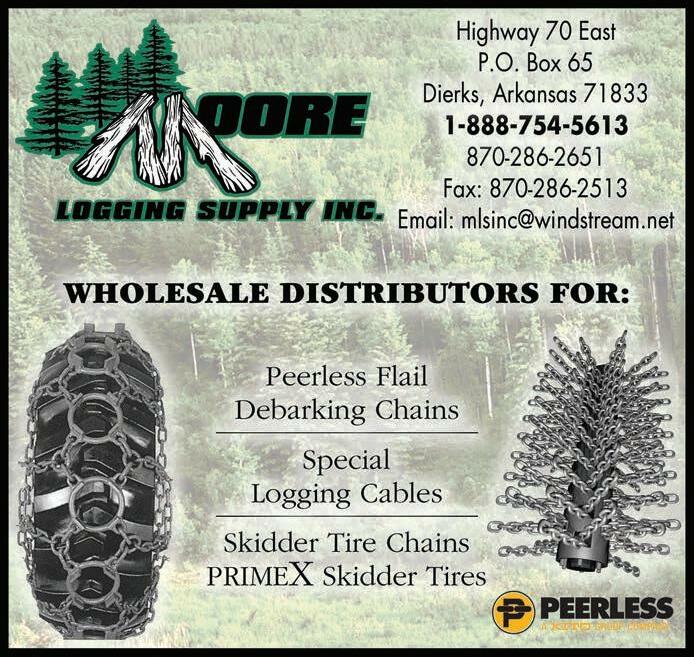

Excerpted from Faith, Fur and Forestry, Bradley W. Antill author, see this and more at onatreeforestry.com
